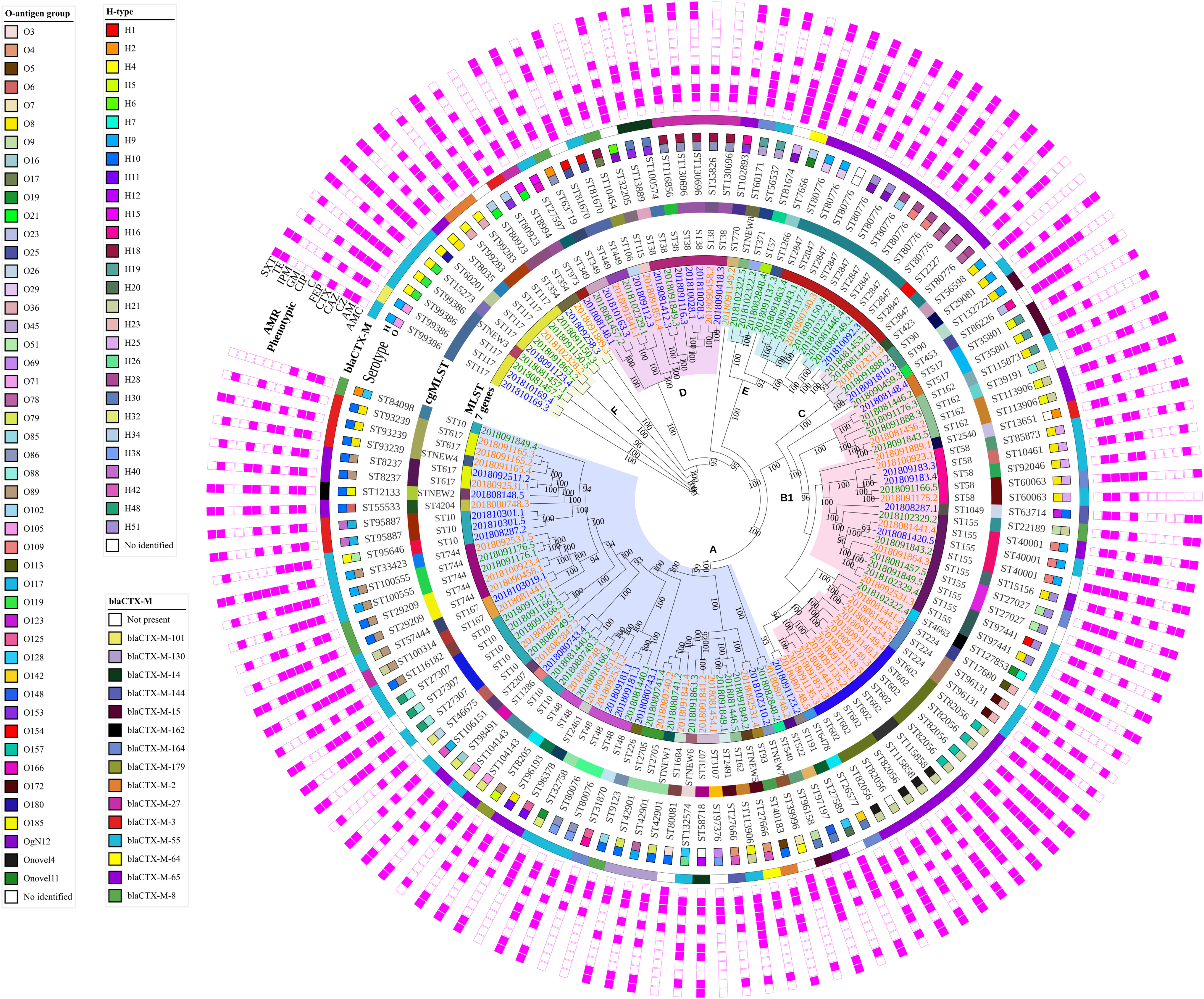Antimicrobial Drug-resistant E. coli in South America
April 12, 2021

VBS Professor Tim Johnson recently collaborated internationally to write the review article, "Environmental Spread of Extended Spectrum Beta-Lactamase (ESBL) Producing Escherichia coli and ESBL Genes among Children and Domestic Animals in Ecuador,” in Environmental Health Perspectives. This collaboration is an NIH-funded project looking at antimicrobial resistant E. coli from backyard animals and children in Ecuador.
There is a significant gap in our understanding of the sources of multidrug-resistant bacteria and resistance genes in community settings where human–animal interfaces exist. This study characterized the relationship of third-generation cephalosporin-resistant Escherichia coli (3GCR-EC) isolated from animal feces in the environment and child feces based on phenotypic antimicrobial resistance (AMR) and whole genome sequencing (WGS). This study provides evidence of highly dynamic horizontal transfer of AMR genes and mobile genetic elements (MGEs) in the E. coli community and shows that some 3GCR-EC and (extended-spectrum β-lactamase">β-lactamase) ESBL genes may have moved relatively large distances among domestic animals and children in semirural communities near Quito, Ecuador. Child–animal contact and the presence of domestic animal feces in the environment potentially serve as important sources of drug-resistant bacteria and ESBL genes.